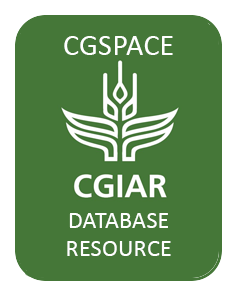Socioeconomic effects of Oyo state government COVID-19 palliatives on poultry farmers
This study interviewed 349 poultry farmers that benefited from government poultry feed input palliatives meant
to help them to contain the negative effects of COVID-19 of hunger, food insecurity, and poverty. Demographic
results revealed that both males and females are involved in poultry farming; the average age of poultry farmers was 45 years, with an average family size of five. The average years of education were 13, equivalent
to JSS 3 in the Nigerian education system. Types of poultry show that 49% of the poultry farmers reared


